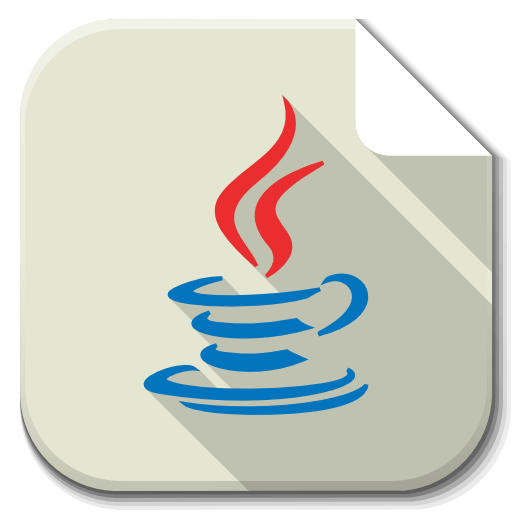
Play Store Application link – Java to Python in 17 Steps – App on Google Play
Github Project lInk – https://github.com/kuldeep101990/Python_step1
1. Introduction
What is Python?
Python is a high-level, interpreted programming language known for its simplicity and readability. Unlike Java, Python focuses on reducing boilerplate code, allowing you to write less and achieve more. It is widely used in fields like web development, data science, artificial intelligence, and scripting.
Differences Between Python and Java
| Feature | Python | Java |
|---|---|---|
| Syntax Simplicity | Very simple and concise (no semicolons, no braces) | Verbose (requires explicit syntax rules) |
| Typing | Dynamically typed | Statically typed |
| Compilation | Interpreted (runs line by line) | Compiled (converted to bytecode first) |
| Libraries | Extensive built-in libraries | Requires external libraries for many tasks |
| Code Structure | Indentation-based | Curly-brace-based |
Python as a Dynamically Typed Language
In Java, you define variable types explicitly:
int number = 10;
String name = "John";
In Python, the type is determined at runtime:
number = 10 # Integer
name = "John" # String
This makes Python more flexible but also requires careful handling to avoid runtime errors.
Setting up Python
- Download Python:Python.org
- Install Python 3.x (latest stable version).
- Install an IDE:
Setting up VS Code for Python Development
- Install VS Code:
- Download and install VS Code from VS Code Official Site.
- Install the Python Extension:
- Open VS Code.
- Go to the Extensions view by clicking on the square icon on the left sidebar or pressing
Ctrl+Shift+X. - Search for “Python” and install the official extension by Microsoft.
- Verify Python Installation:
- Open the terminal in VS Code (use `Ctrl+“).
- Type
python --versionto ensure Python is installed and recognized.
- Set up a Python Workspace:
- Create a new folder for your Python projects.
- Open this folder in VS Code by clicking
File > Open Folder. - Create a new Python file (e.g.,
main.py) and start coding.
- Configure Python Interpreter:
- Press
Ctrl+Shift+Pto open the Command Palette. - Search for “Python: Select Interpreter” and select the Python version installed on your system.
- Press
First Python Program vs. First Java Program
Java Code:
public class HelloWorld {
public static void main(String[] args) {
System.out.println("Hello, World!");
}
}
Python Code:
print("Hello, World!")
- No
classormain()function is required in Python. - You simply write the functionality directly, which makes scripting faster and easier.
Real-World Scenario: Greeting Application
Imagine you’re building an app to greet users based on their names. Let’s compare how it’s done in Java and Python:
Java Implementation:
import java.util.Scanner;
public class GreetingApp {
public static void main(String[] args) {
Scanner scanner = new Scanner(System.in);
System.out.print("Enter your name: ");
String name = scanner.nextLine();
System.out.println("Hello, " + name + "!");
scanner.close();
}
}
Python Implementation:
name = input("Enter your name: ")
print(f"Hello, {name}!")
- Python’s
input()simplifies reading user input. - String interpolation (
f"{name}") replaces Java’s+for string concatenation.
Complete Python Program
Here’s a complete Python program that showcases everything discussed:
# A simple Python program for Java developers
# Function to greet a user
def greet_user():
name = input("Enter your name: ") # Taking user input
print(f"Hello, {name}! Welcome to Python.")
# Main function
if __name__ == "__main__":
print("Welcome to the Python tutorial for Java developers!")
greet_user()
How to Run:
- Copy and paste the code into a file named
greeting_app.py. - Run it using the terminal:
python greeting_app.py
Output example:
Welcome to the Python tutorial for Java developers!
Enter your name: Deep
Hello, Deep! Welcome to Python.
This simple start demonstrates Python’s power and elegance. Stay tuned for the next tutorial where we’ll dive deeper into Python’s control structures!
